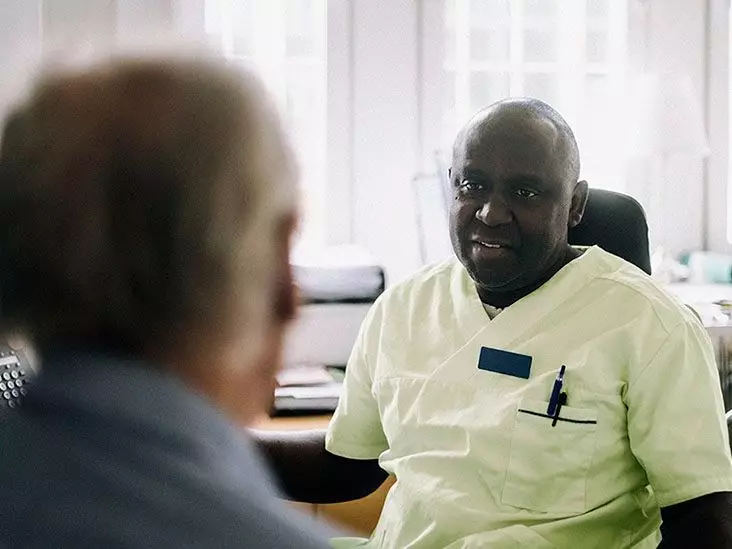The survival rate for testicular cancer is very promising, with more than 95% of individuals living at least 5 years after diagnosis. The key to ensuring a positive outcome is early detection and prompt treatment before the cancer has a chance to spread. Regular self-examination of the testicles is crucial in catching any abnormalities at an early stage.
Aside from the stage of cancer at the time of diagnosis, there are several other factors that can impact survival rates. Elevated tumor markers, such as alpha-fetoprotein (AFP), can indicate cancer spread, with higher levels often pointing towards a less favorable prognosis. Additionally, response to treatment plays a critical role in determining outcomes. While the overall cure rate for testicular cancer is around 90%, individual responses to treatment can vary.
Older adults tend to have more co-occurring long-term health conditions, which can complicate treatment and impact survival rates. It is essential for healthcare providers to take a multidisciplinary approach to care to ensure the best possible outcomes for patients. This may involve a team of professionals working together to address all aspects of a patient’s well-being.
The speed at which testicular cancer spreads can vary depending on the type of cancer. Seminomas impact testicular cells in the early stage of development, while non-seminomas affect more mature cells and tend to be more aggressive. Non-seminomas have a faster rate of growth, making early detection and treatment even more critical.
Receiving a diagnosis of testicular cancer can be a challenging and overwhelming experience. It is essential for individuals to have access to resources and support during this time. Online communities, such as the Cancer Survivors Network or Testicular Cancer Society, can provide valuable support, information, and connection with others who have similar experiences. Additionally, one-on-one counseling may offer individuals the insight and encouragement they need to navigate their cancer journey.
For individuals diagnosed with testicular cancer, there may be many uncertainties and questions. While the 5-year survival rate is high, factors such as age, co-occurring conditions, and response to treatment can influence long-term outcomes. It is vital for individuals to attend all follow-up appointments, even if the cancer recurs, as it is frequently curable. Engaging in healthy lifestyle practices, such as eating well and exercising regularly, may also contribute to overall survival.
Understanding the factors that affect testicular cancer survival rates and accessing appropriate support are crucial steps in ensuring positive outcomes for individuals diagnosed with this type of cancer. By promoting early detection, addressing individual risk factors, and providing comprehensive care, healthcare providers can help improve the quality of life and prognosis for individuals living with testicular cancer.

